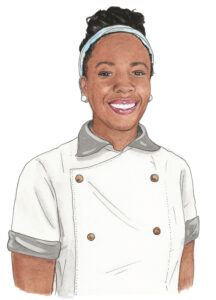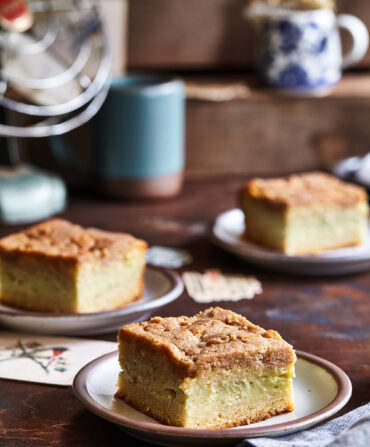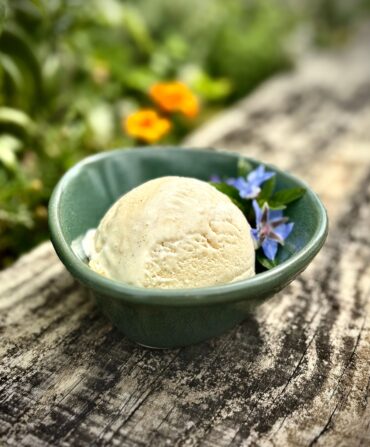Ashleigh Shanti could talk all day about the intricate regionalities of Southern food. The former Top Chef contestant ran the prestigious kitchen at Benne on Eagle in Asheville, where she explored Black Appalachian foodways, before recently opening Good Hot Fish, her take on a Southern fish camp. She grew up in coastal Virginia, where oysters and Brunswick stew are popular. She’s heavily influenced by the Gullah Geechee cooking traditions around her father’s hometown of Charleston, South Carolina. And she can really get going when she talks about cabbage.
“Cabbage is such a humble vegetable and so universally loved in the South,” she says. “It was always just so present in my life growing up.”

Shanti uses it in several recipes, but she’s especially fond of a good coleslaw. Few dishes express Southern regionality better. In North Carolina, there’s Lexington-style slaw, red with ketchup. Cooks in the eastern part of the state like to mince and mix cabbage with sugar, mayonnaise, and yellow mustard. Memphis slaw typically relies on Dijon, hot sauce, and vinegar. Then, of course, there are the countless variations of creamy, mayo-heavy slaws that show up at barbecue stands and home cookouts across the South. “My hot slaw is the antithesis of that,” she says.
The recipe is straightforward, but with a result that’s greater than the sum of its parts. The name comes from both the method and the dressing, which is spicy with cayenne and hot sauce. Brown sugar adds sweetness, and apple cider vinegar tang and acidity. After simmering the ingredients together, she pours the dressing hot over shaved cabbage and thin slices of carrots and red onion.
To keep the dressing from becoming diluted after it’s added to the vegetables, she first tosses them in a little salt, which pulls out moisture, and leaves them in a colander to drain. A quick squeeze in a clean dish towel removes any excess liquid. She uses her own fiery hot sauce she makes at the restaurant, but home cooks can substitute a favorite store-bought brand (she likes Tabasco) and turn up the heat by sprinkling on a little more cayenne.
While you could serve it warm, the slaw benefits from a few hours in the refrigerator to let the flavors meld. It’s an ideal dish to take on a picnic or set on the potluck table, but it especially shines beside a piece of perfectly fried fish. “You want something acid and bracing to break up all that fattiness,” Shanti says. While not a standard version, her slaw is very Southern, drawing inspiration from the “sour” slaws found at Carolina fish camps. “It speaks to the regionality and uniqueness of the South,” she says, “and how a coleslaw recipe, like so many other classics, can change based on where you go.”









